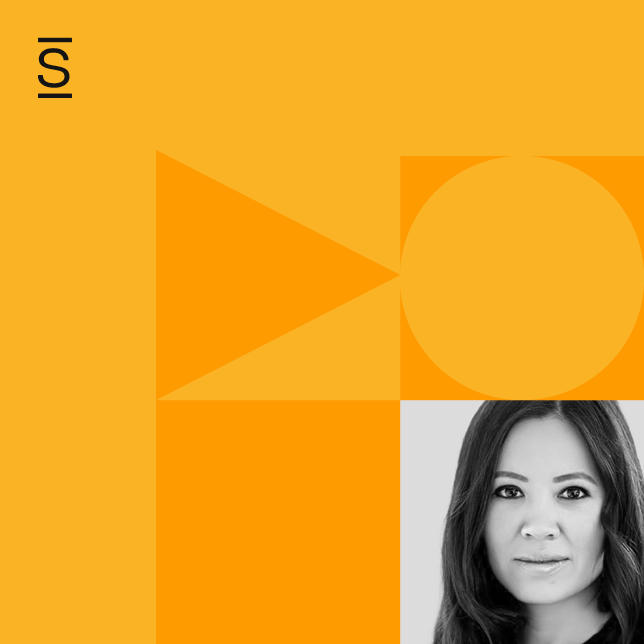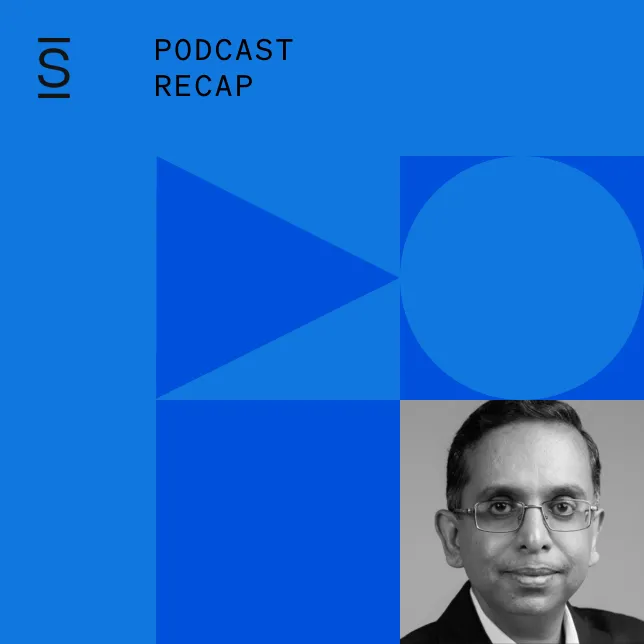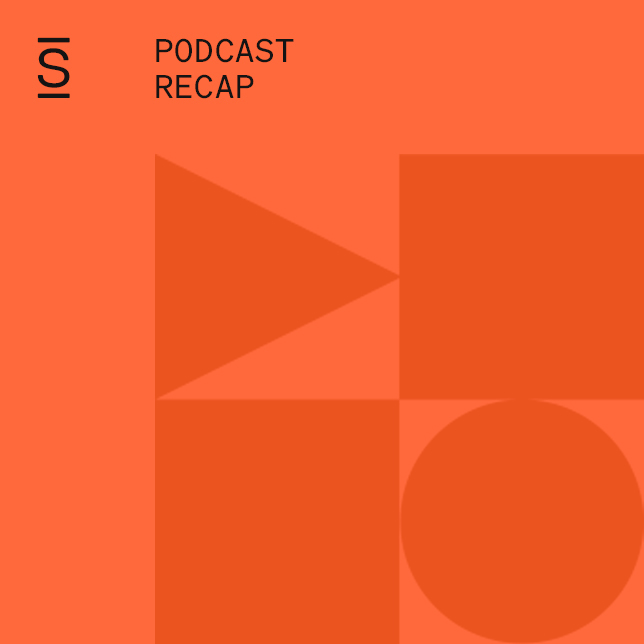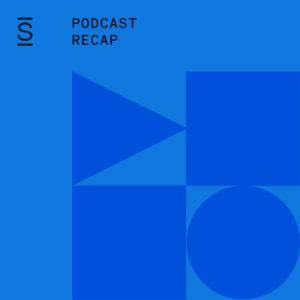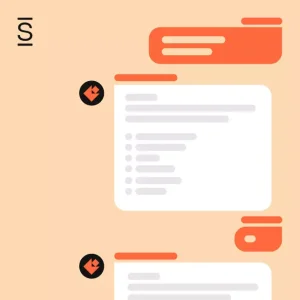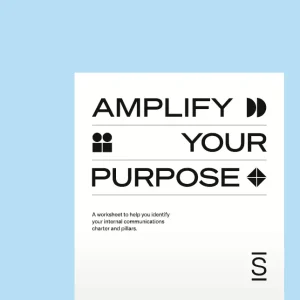How well do you know your brain? Can you know someone else’s, or measure its activity, and what are the benefits? Tan Le, CEO of Emotiv tells us more about our cerebral selves and how new technology can influence our workplace well-being.
“Workplace stress has been identified as the health epidemic of the 21st century. The stats tell us that the economic impact in the US alone is a staggering $300 billion annually.”
Tan Le tells us this is the economic cost, and we need to stop a moment and think about the human cost. Stress-related issues like absenteeism, burnout, or even mental breakdown touch everybody in the workplace and beyond, either directly or with carry-over effects.
Emotiv is a bioinformatics company advancing the understanding of our brains, using electroencephalography (EEG), or technology to record brain activity. The company is the brainchild of Tan Le.
He had a tough start in life, a boat person fleeing Vietnam as a four-year-old, spending several nights at sea before being rescued, she grew up in a family determined to make the best of a new life. Starting that new life was extremely difficult, and that experience shapes Tan’s values.
She cares deeply about making sure that Emotiv technology is universally available, accessible, and inclusive to a hundred percent of the world’s population. For that reason, Emotiv chose EEG as a modality because it’s a technology that can be deployed ubiquitously worldwide.
Using science on an individual level, we seek to decode the human brain, Tan explains. This is done by measuring electrical signals that result from neurons firing. When neurons in your brain fire, there’s a chemical reaction that emits an electrical impulse, and this, or the voltage fluctuations, are what we measure. All this is done from the scalp’s surface, so it’s entirely non-invasive.
Once we decode feedback from the brain, we begin to understand different cognitive states, and associated behavioural characteristics. Results can positively influence brain health and reduce workplace stress. “We have tools today to make it really easy for anybody to measure their brain activity and, based on feedback, make better choices around their own neurological well-being.”
While the equipment is available to anyone who chooses to use it, it’s wonderful if an employer can support employees who wish to purchase it. It’s a headset that looks like a pair of headphones and behaves like a pair of headphones, with small conductive tips or sensors, which go into the ears.
It can be set up so data goes to a laptop or phone convenient to the user, and can be used while you’re working, or on a call, or listening to music, or audio. You’ll see how your brain responds while doing different tasks.
Tan wears the equipment over the weekends when she’s in the garden or listening to an audiobook to see whether her brain enters an optimal state when she’s listening to other people’s information versus when she herself is busy with a task.
When she spends time with her daughter, she’s super-distracted but finds she gets back to work in an optimal state and stays there for a longer period of time. Using the technology made Tan discover she was in the 99th percentile in her age group with memory but has poor impulse control. In a go, no go decision, her responsiveness needs some work.
“I always thought my memory was bad, but it’s because I’m not paying attention. If I’m not paying attention, there’s no way I can direct my memory. If I am paying attention and doing a memory-specific exercise, my memory’s really good.”
Will my boss be able to read my mind?
Tan reminds us that when you create technology like this, one of the things you care most about is building trust with your community. Neuroethics is a thing, so any brain data you generate belongs to you, the brain’s owner. Only you have full control over what, when, and how you share that data.
This is true even if your employee were to sponsor the system for your use. You can choose to share an anonymous de-identified part of the data with your employer or anyone else, it’s entirely up to you, but the equipment doesn’t record any biometric data. “Also, the data we get from your brain isn’t personally identifiable, it’s just an electronic readout.”
Tan stresses that the use of this technology is best employee-led. People need to be comfortable learning about themselves, discovering their amazing brains, and how to use them optimally at home or at work. This helps people make better choices to preserve cognitive resilience and general brain health.
Why it’s important to study a healthy brain
“The human brain is a system that defines who we are. It’s the seed of the self and the center of our own personal universe. Our entire experience of the world is defined by the mental model that our brain creates of the world.”
The brain is so important to our experience of our world, and we know so little about it. Typically, we only research or study the brain when something’s wrong. If it’s constantly evolving and adapting, based on our life experience, how do we establish the norm when there’s only a snapshot of what’s happening when there’s a problem? Unfortunately, the burden of future neurological impairments is staggering. One in three of us will be impacted by neurological impairments at some point in our life, so it really doesn’t make sense to only study brains when this is progressing.
There are so many different reasons why people would want to study the brain, and now we have the tools that make it possible to study the brain in context. The decoding or analysis of the information we collect gives us the neurological insight we’ve never had before.
Is this technology preferable to an online survey?
Can science tell us things that surveys and employee Q&A feedback cannot? Unfortunately, Tan says, when we are pen and paper surveyed, we tend to focus on the here and now. If you’re having a really good morning when that survey lands, in that moment you’ll give enthusiastic feedback. There’s no measurement of the ebb and flow of emotions over a period of time.
The great thing about this technology is that you don’t have that single-moment bias that skews opinion at the time you are surveyed. It’s possible to see emotional ups and downs, and the cognitive state throughout the entirety of a week or whenever you are actually using the technology.
Without bias, you really start to understand the effects of different types of work, tasks, and environments on your brain. As an individual who’s been using this technology for a long time, Tan is starting to learn about what happens to her brain if she has a series of back-to-back meetings. She knows what brain state to expect her brain to stay in for that period of time, and what it might take to get her brain to an optimal state. She also has insights into creating the best conditions to introduce her brain to that optimal state and stay there for a desired period of time.
Take a break, you’re not a machine
We need breaks. We’re not machines that can work forever. Tan explains that taking breaks is a personal preference, different for everyone. So, when recording your brain activity, the technology will prompt you to take a break. You can choose to do this, or skip it, whatever you wish.
If you keep working, the headset will record a measurable dip in performance. However, if you take a break that is not optimal for you, you’ll come back and still see a dip in performance, but it won’t be as deep a dip compared to not taking a break at all.
On the other hand, for breaks identified as optimal for you, Tan has discovered that you’ll return with an improved performance of about 7%. It sounds like a small number, but you’ll get back three hours of optimal input over an individual’s work week. For a team of 30 people, you’re giving your organisation two weeks of optimal productive time. And if we are talking about projecting that onto an organisation of a thousand people, then we’re talking about giving back over a year of productive time every single week.
“When employees feel empowered to take a break, and the organisation understands the importance of a break for employees, that’s a driver of motivation and engagement.”
While you’ll be able to track your brain throughout the day, we learn more about your brain and are able to personalise the employee experience. We introduce specific prompts encouraging you to take breaks and return to work with optimal brain states. We’re all unique and our responses are different, so one size definitely does not fit all. It’s an individualised experience.
Office brain vs. work-from-home brain
After the COVID-19 pandemic, many organisations found themselves in a hybrid work situation. More understanding was needed around the neuroscience of the workplace and what happens to the brain in different contexts. Are people different when they’re working at home versus working remotely? Analyses of brain data show it’s acutely task-specific, with individual preferences related to different tasks.
It’s quite obvious, Tan says, that if someone prefers working at home, they’re generally going to be noticeably more productive at home, and if someone prefers working in the office, they are likely going to be more productive in the office. “If you simply take into consideration people’s own personal preferences, they will actually perform better for you.”
When we observe their brain in specific tasks, we saw an enhancement in high mental effort. The individual is more motivated and engaged when working in the space they prefer, and it’s interesting to see how people are very specific in how they like to approach different types of tasks.
Some general characteristics surfaced as well. Surprisingly, we found people paid more attention when attending a remote seminar than when they attended in person, which would seem counterintuitive to some. Yet, while location mattered for seminars, brainstorming needed face-to-face connection. People were way more engaged working in person with their colleagues compared to working remotely.
There’s good news, too, for those morning people. Data tends to show higher attention, cognitive load, and interest in the mornings compared to the afternoons. Knowing this, we can really optimise and enhance well-being and performance in the workplace and at home.
Driving on autopilot
We asked Tan if the technology could be used beyond the workplace, for example, to study people when driving, when even the shortest journey is filled with dangerous distractions.
She shared observations regarding a study in Western Australia where endlessly long, super boring highways and driver inattention is the region’s biggest cause of driver fatality. We did an education campaign that informed drivers of how frequently they were losing attention, she explains, and the cost of distraction. It could be changing the radio station, talking to a passenger, social media, or eating.
The worst culprit for distraction was found to be social media, among all the other things that can distract you in the car. This discovery raised awareness of the cost of task switching. This means that, because your attention is focused on the first task, there is a cost to switch from that primary task to that secondary task, and again, to switch back to the primary task.
You haven’t lost attention. Tan says you’ve basically switched from one task to another and back again. Switching can cause very serious accidents, and it taught us a lot about driver attention and inattention on the roads.
The same approach applies to industrial workers operating with heavy machinery or anything within that dimension of safety. Distraction and fatigue are powerful predictors of accidents. Often, when people work with heavy machinery, we think about repetitive strain injuries, and injuries caused by wearing or using certain equipment. The fact is, that many bad accidents happen when people lose attention, get distracted or fatigued, and when they are no longer paying full attention to the primary task.
Safeguarding our brains for the future
Tan reminds us that the technology is completely non-invasive. EEG has been around for decades, typically to study chronic conditions, so it’s very safe. People will wear it for long periods of time to study conditions like sleep disorders, and epileptic seizures. Today, devices are simplified and streamlined and pose no health hazard whatsoever.
Some people might be afraid to learn how their brain works, but studying brain activity is an exciting frontier. We now have the opportunity to transform our relationships with our brains, particularly if we think about life expectancy.
It’s quite plausible today to look forward to living well into our nineties, or even longer, and, if we want to live comfortably, we must rethink our relationship with our brains because they were not built to last a hundred years. When we look at the pathology of what happens later in life, at dementia, Alzheimer’s, and other neurodegenerative conditions that occur due to ageing, there’s plenty we can do today to help our brains last into a healthy old age.
If you can’t measure it, you can’t improve it
To HR people and CEOs, here is a tool we can implement to empower employees to take control of their own neurological well-being. While we don’t yet have tools to measure the impact of these implementations on people, there is now a definitive scientific method to allow us to make better decisions for our employees.
“Brain wellness today is measurable, and we can quantify what meditation does, what walking in nature does, what flexibility around picking the kids up from school does.”
While we’re in our prime and our brains are still extremely active, we can build cognitive resilience for tomorrow, at home and in the workplace. We need to invest in the health and wellness of our brains today like we’ve invested in our cardiovascular health over the last three decades. The next phase, for us as a human population, is to consider how we can safeguard and protect our brains for a healthy future.
Please connect with Tan on LinkedIn if you’d like to find out more about her work and Emotiv. Here’s a link to the podcast and other Cohesion podcasts sharing additional insight around all sorts of cutting-edge communication topics!







